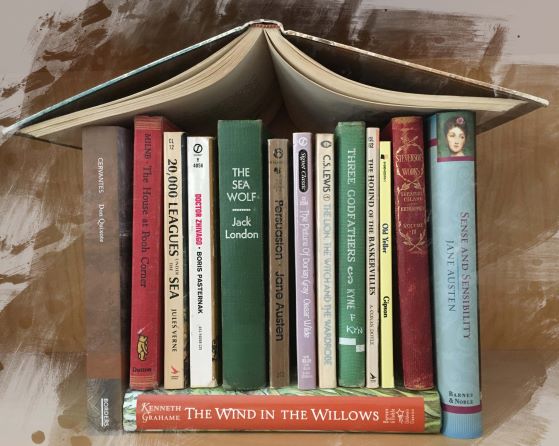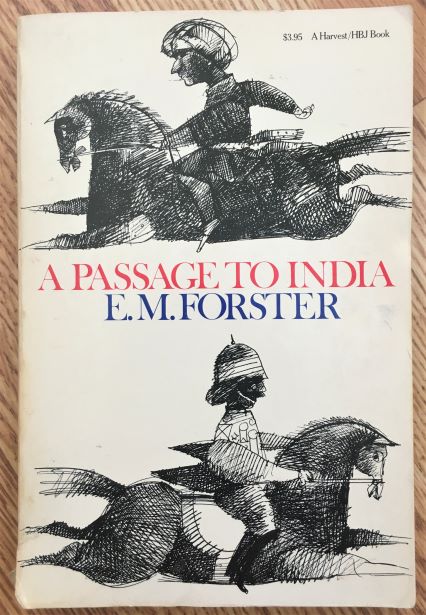
“A Passage to India” ©1924 by E. M. Forster
This is a seemingly simple story set in 1920’s colonial India. Not a whole lot happens. However, we are given a clue as to what the story is actually about in the opening conversation amongst the natives of India “discussing as to whether or no it is possible to be friends with the Englishman”.
The whole story and the main event of the story is trying to answer that question. It appears that the answer, for the time being anyway, is no. Not so much because Englishmen and Indians can’t like each other, but their differences in culture, world view, expectations and inability to put themselves in the other’s shoes, makes it almost impossible for the groups to communicate with each other in any truly meaningful way.
The author gave us beautiful word pictures of the land and the in-depth descriptions of the Indian way of thought, culture, religious ceremonies and festivals were eye opening. It was helpful to understand that while the English were coming from one religious background, the Indians that the English delt with had several different religious backgrounds, mostly Hindu and Moslem, each with their own distinct world view.
Very interesting and thought provoking. The book did not offer any solutions, but did open a window for us to think about why we don’t always ‘get’ other cultures and what it may take to do so.
“The Clocks” ©1968 by Agatha Christie
A young woman is sent to a house as a shorthand/typist. When the typist, as instructed, enters the home, she stumbles upon a dead man who has been stabbed. The homeowner arrives, she does not know who the dead man is and had not sent for the typist. Four extra clocks are found in the room, all set to 4:13.
Detective Inspector Hardcastle arrives with a friend and government spy, Colin Lamb. They spend a few weeks interviewing people, taking notes, following up, but no real leads occur, including identifying the dead man. Colin goes to visit his father’s old friend Hercule Poirot, and gives him the information and field notes. Colin challenges Poirot to solve the mystery while sitting in his chair thinking. Which after directing Colin to ask specific questions of people, he does! So good.
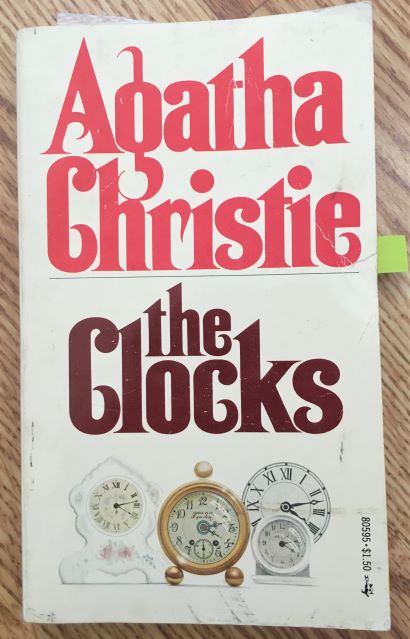
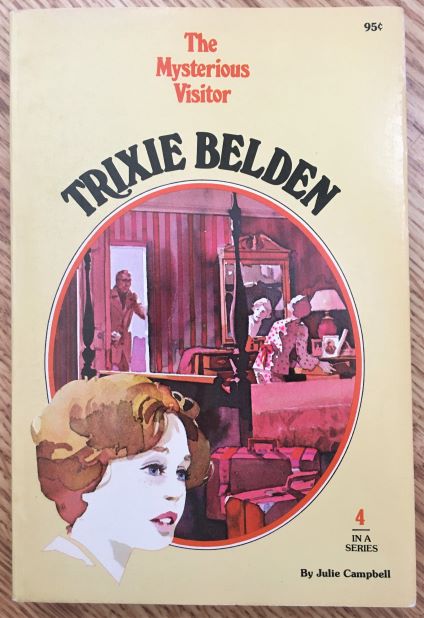
“Trixie Belden and the Mysterious Visitor” (#4 in series) ©1954 by Julie Campbell
School has started for Trixie and her friends. One friend, Diana Lynch, seems sad and distant after long lost Uncle Monty moves in. It’s up to Trixie and the gang to cheer ‘Di’ up and prove that “Uncle Monty” is a fake.
Again, these stories, while somewhat fanciful, are full of dialog, adventure and good-heartedness. Mistakes are made, but so are reparations and apologies. Good fun.
“A Walk in the Woods: Rediscovering America on the Appalachian Trail” ©1998 by Bill Bryson
Bill Bryson decides that he wants to hike all of the Appalachian Trail in one summer and puts out a general invitation to friends and family to join him. Only his old school friend, Stephen Katz, replied.
So, two mid-forties, slightly overweight and out of shape men start their adventure in early spring at the southernmost entrance to the trail. Bill Bryson has a wonderful sense of humor about it all – the weather, the people they meet, and the trials of walking long distances every day with a heavy pack. He also gives us beautiful descriptions of the landscape, flora and fauna. I enjoyed his telling the history of the trail, the Park Service, Forest Service, policy, local towns and industry. Good Read!
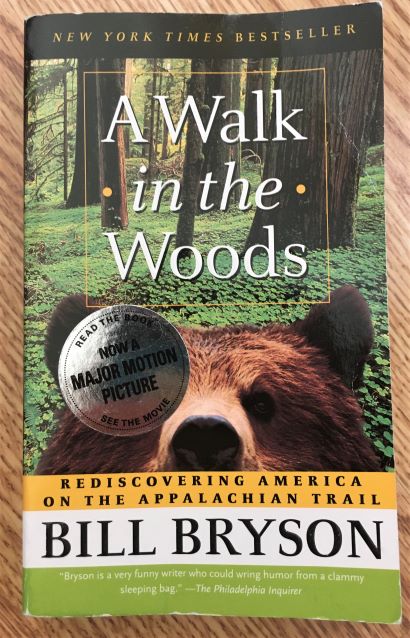
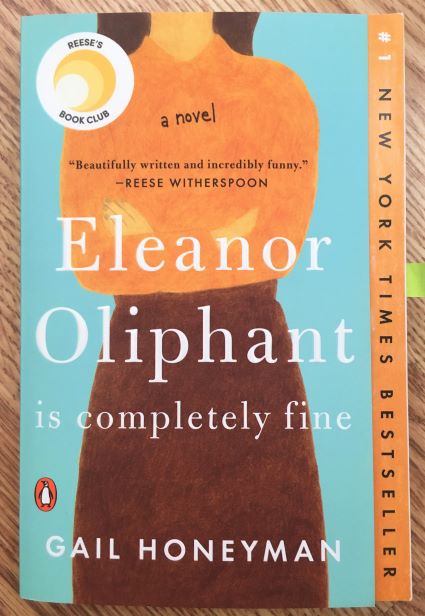
“Eleanor Oliphant is Completely Fine” ©2017 by Gail Honeyman
Eleanor Oliphant has a unique way of seeing the world, and we get a front row seat as she navigates meeting new people, developing a crush, her job, and confronting her past.
I liked how Eleanor loved books and didn’t understand pop culture. I liked that she grew as a person and that the book was fairly honest that growing takes time and can be a hard and painful process. I liked that her new friend, Raymond, was a decent person. He cared and he followed through and stuck by Eleanor during the hard stuff.
A compelling and well written, but awful in some ways, read.
“The Incorrigible Children of Ashton Place: The Unmapped Sea” (#5 in series) ©2015 by Maryrose Wood
Miss Lumley and her three charges travel with the Ashtons to Brighton in winter for the sea air as Lady Ashton is expecting a little Ashton soon. Lady Ashton is also under the impression that Brighton is a prelude to trip to Italy.
They meet an exuberant Russian family while there and have several adventures with them. Miss Lumley and her friend Simon continue to try and solve the puzzle of the Ashton curse. As a few pieces fall into place, the Russian family decide to buy Miss Lumley’s contract as governess for their own children (who are truly wild) and take her away from the Incorrigibles to Russia.
Another fun story in the series.
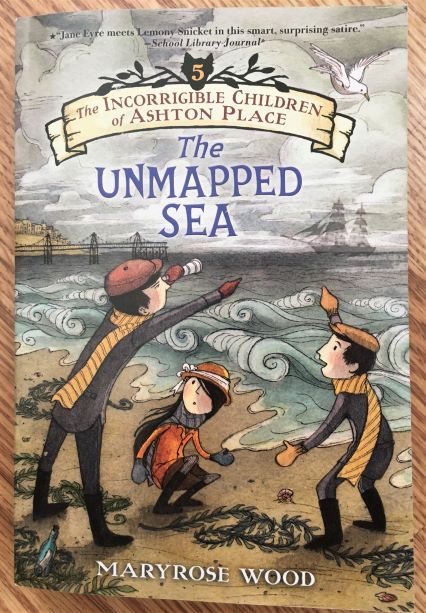

“A Jane Austen Education” ©2011 by William Deresiewicz
The author weaves his personal story with Jane Austen’s books that he read in graduate school and while writing his dissertation. Each of Jane Austen’s books is a chapter. The author gives us some history of Jane Austen’s life and how every book and its lessons as well her opinions helped him to grow as a person. He had interesting perspectives about Austen’s stories. Very good.
